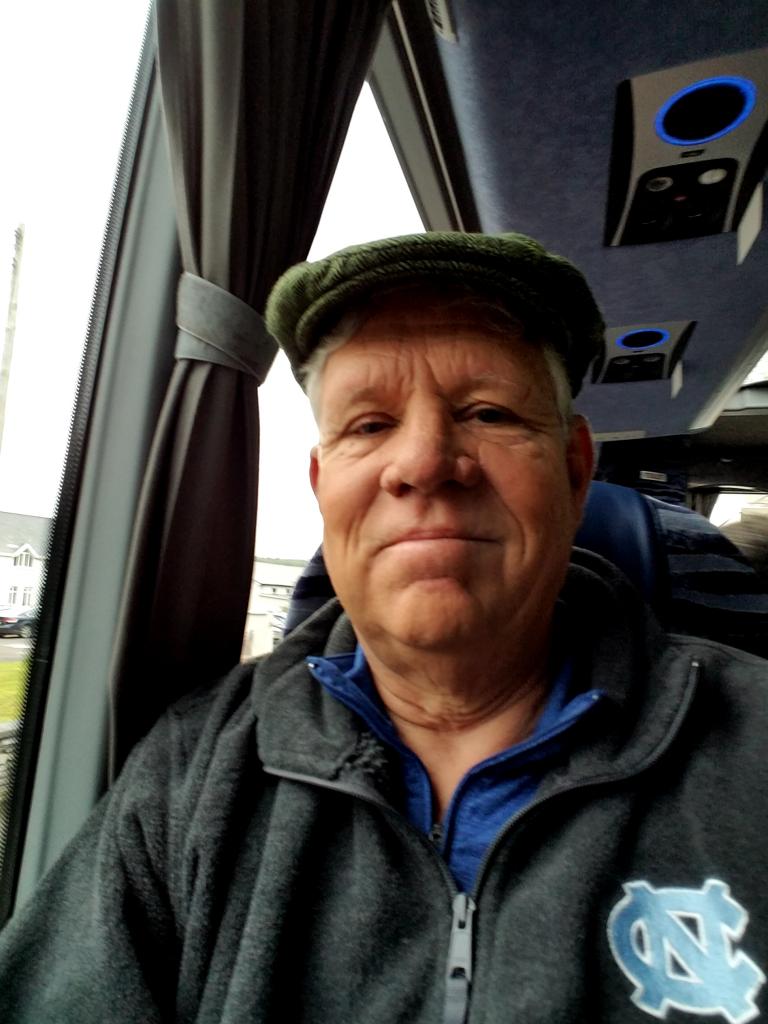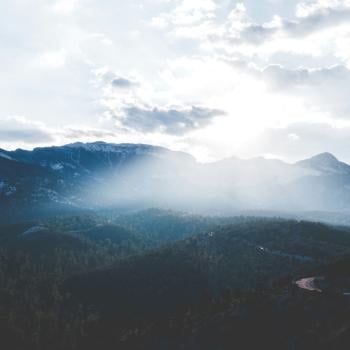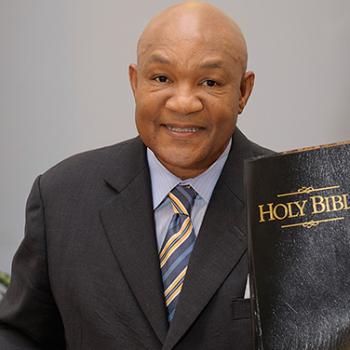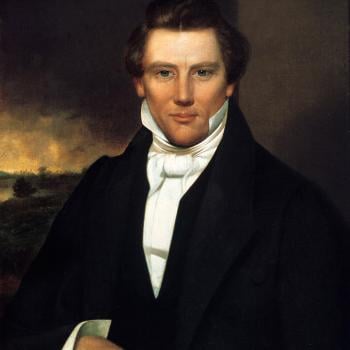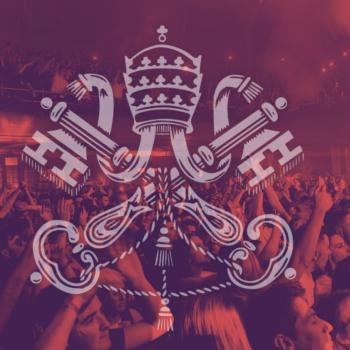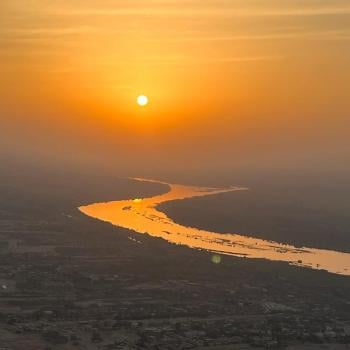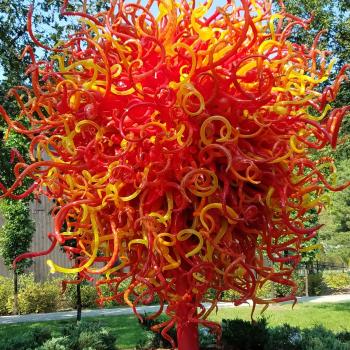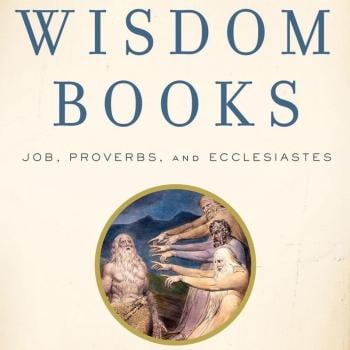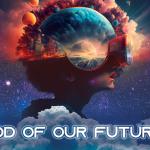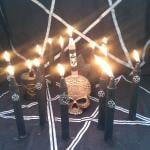First of all, anyone who is interested in a brief history of coffee should see the Nat Geo special— From Beans to Buzz: The Whole History of Coffee (well, most of it). Here’s a different PBS special, the first part, that tells some of the story.
Coffee, after oil is the most valuable traded commodity in the world. Why? Because 500 billion cups are drunk a year, half of them at breakfast! 25 million people at least make their livelihood from coffee. Generally, speaking there is agreement that coffee originated in Ethiopia growing wild in its hills. The coffee cherries or beans were probably chewed first, and at least as early as the 1400s the beans were being roasted, and made into a beverage. The story I prefer is that this first happened in an Ethiopian monastery, where shivering monks in the desert needed to warm up and perk up, literally! We know that the monks shared the art with other monks. For example, cappucino comes from the Cappuchin monks, and is even the color of their robes! Hence, it gains the reputation of being a genuinely Christian beverage, though Christians probably were not the only early creators of the beverage. For the original Christian beverage we would have to go with wine— which famously Jesus turned water into. But that is a story for another day.
Why then did Americans in the 20th century end up with such bad coffee for so many decades? This part of the story has to do with the Depression. In that era, people would line up at hotels for some bread and a cup of coffee. For example, Maxwell House was a hotel in Nashville. They and others like them (Chase and Sanborn etc.) began cooking the beans too much, grinding it, and putting it in tin cans, and selling it in the rising tide industry— super markets. Hence, really bad coffee— beans over roasted, coffee in a can for weeks and months. Now if you have ever eaten a coffee cherry or bean, or tasted a bean that is only lightly roasted, you would discover: 1) its not bitter, it can even be sweet depending on the bean; 2) it’s not highly acidic either necessarily; 3) it doesn’t need any added caffeine though that happens too in some cases. And while we are at it— espresso doesn’t have more caffeine, it just has more bean churd so a stronger flavor. Fortunately, in my lifetime, we realized we had been snookered by Juan Valdez and the other purveyors of bad coffee in a can. I much prefer to grind my own beans, which ensures the coffee, if properly bagged and sealed in the first place, will be fresh and tasty. I once owned a coffee shop for some years. I had to learn the whole history of coffee— it was illuminating, refreshing, and good, just like the beverage.
Bottoms up!
P.S. Coffee is called Java, because of course that’s one place it comes from— modern day Indonesia.


